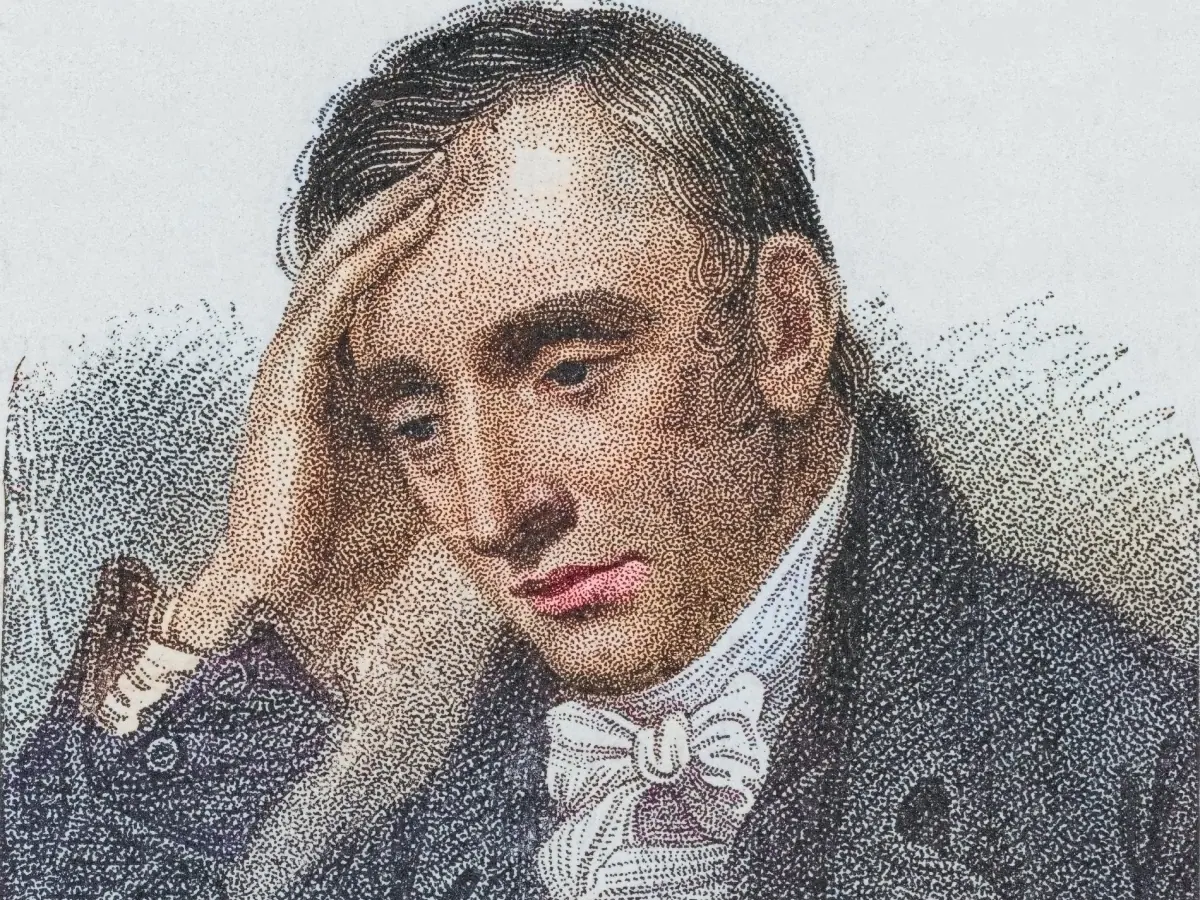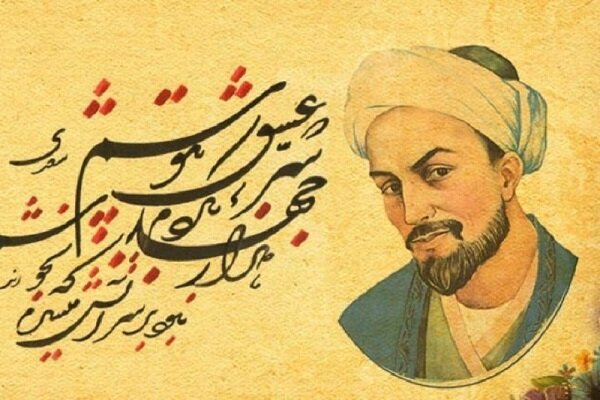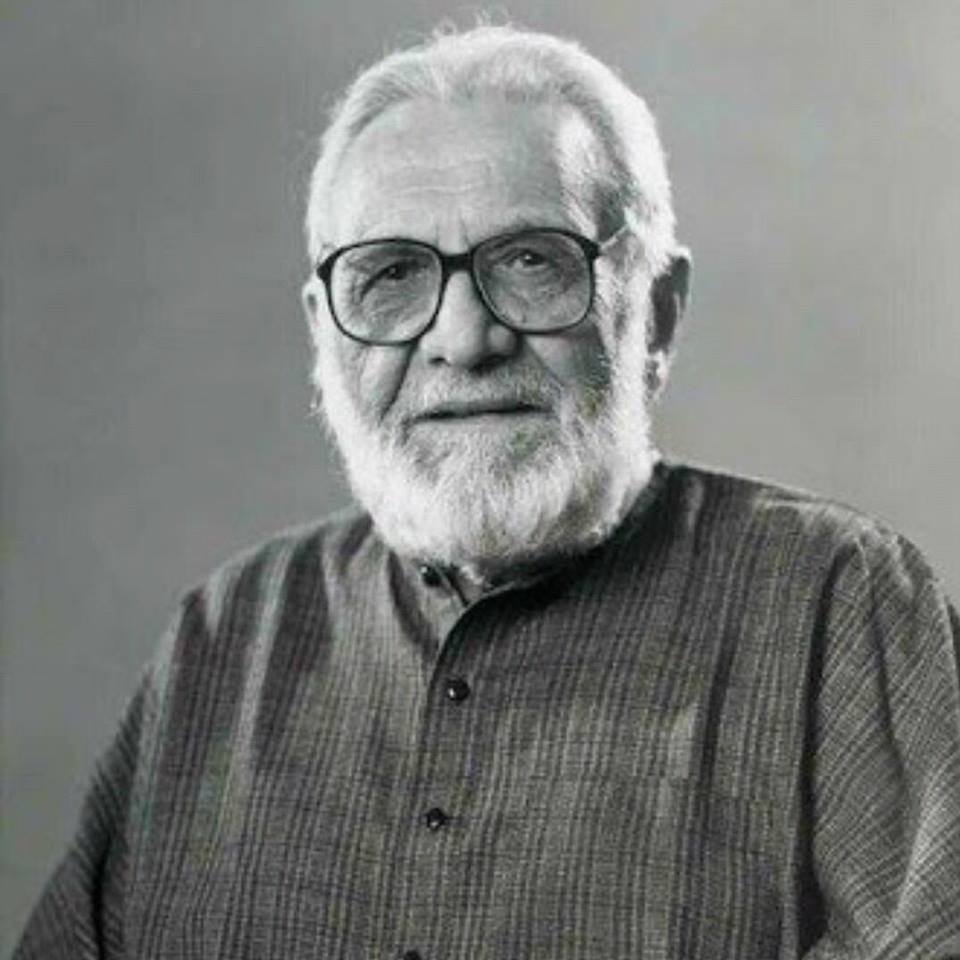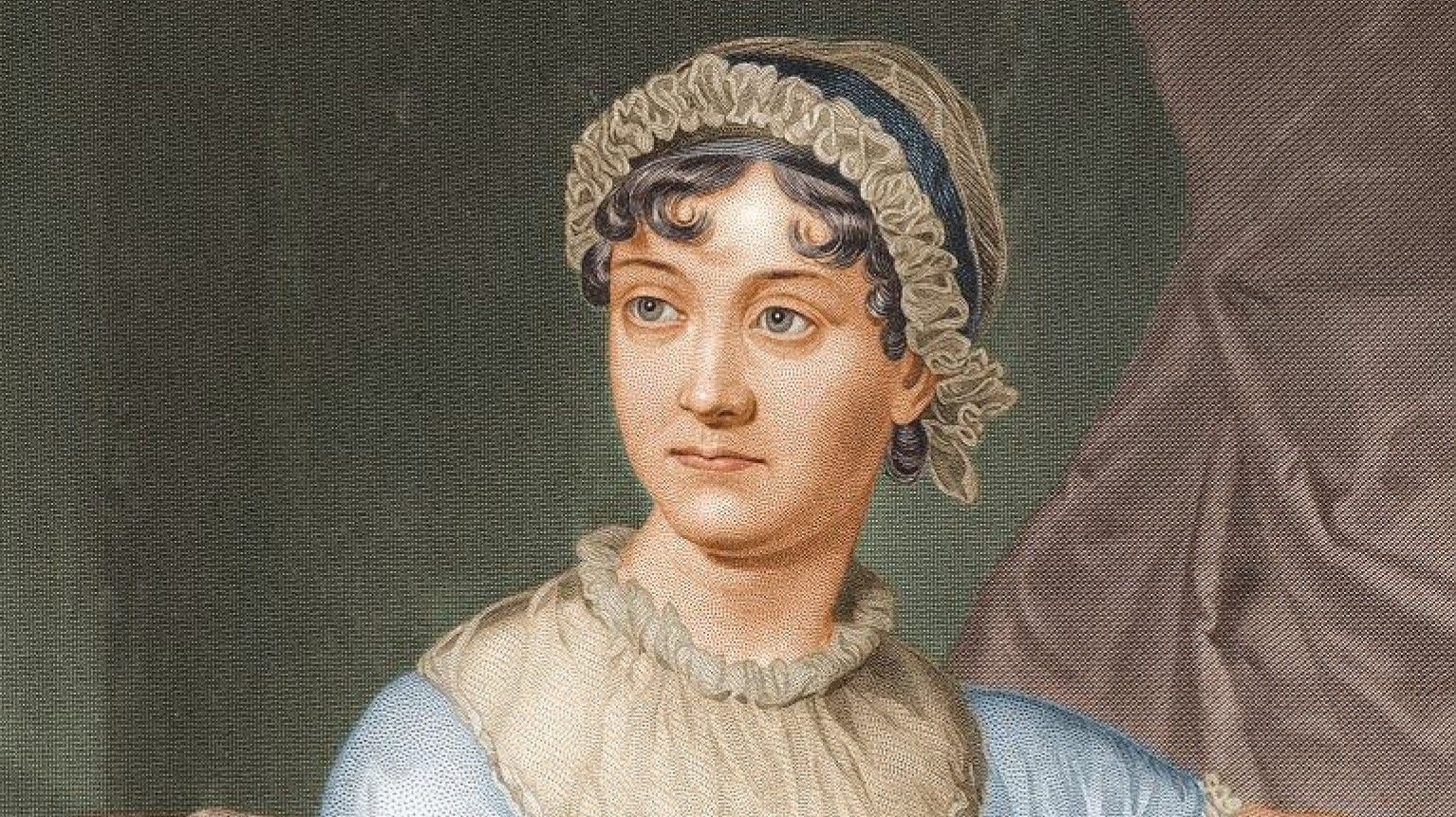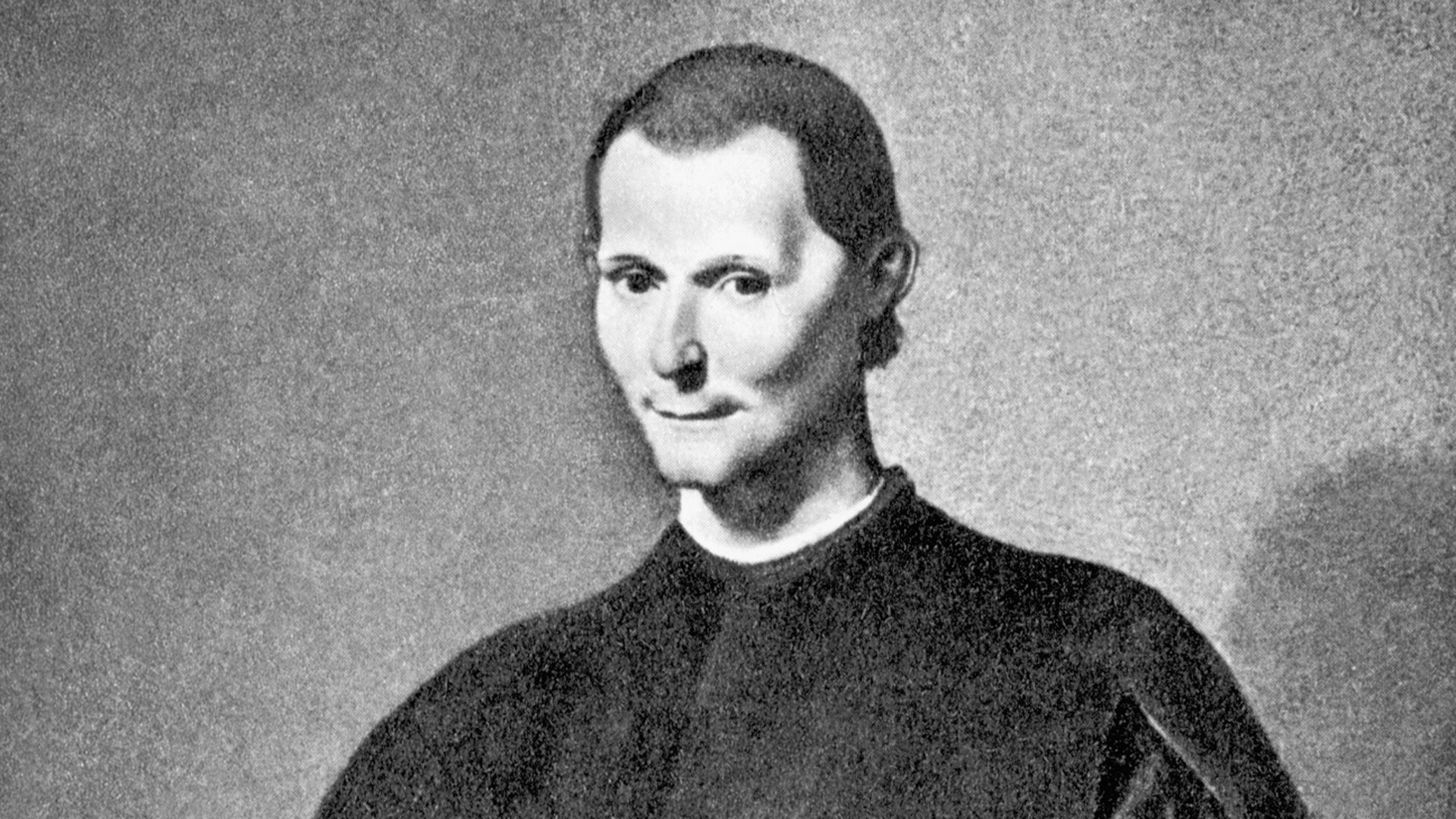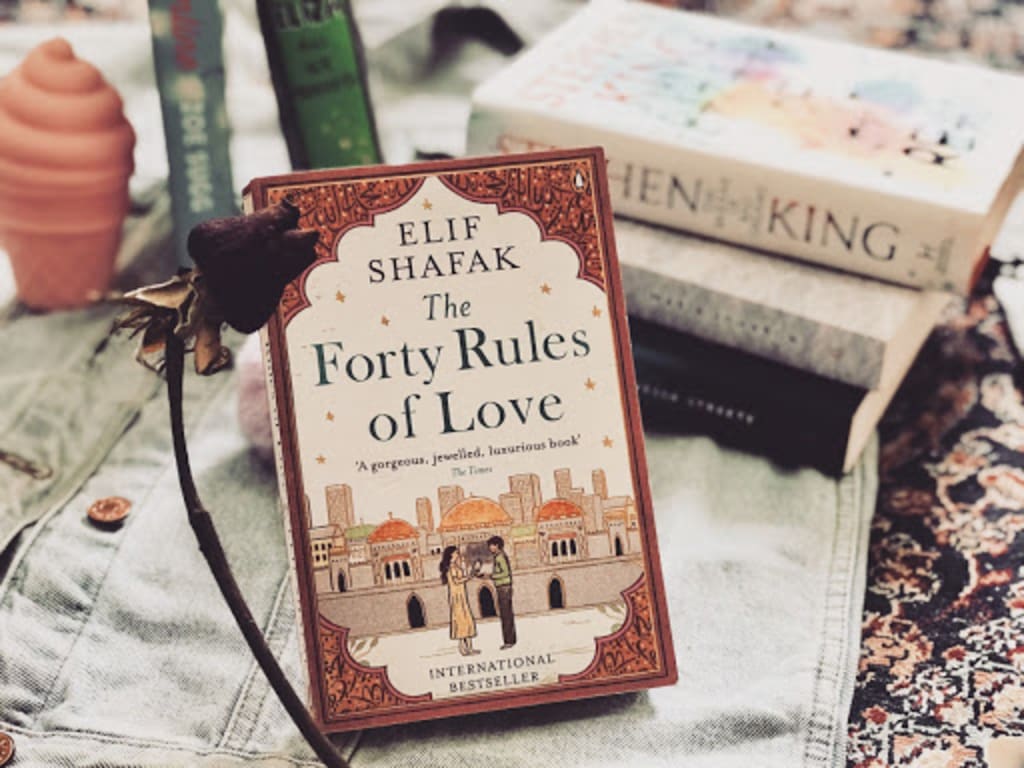Tariq Mahmood Awan
Beauty is a concept that has been explored, debated, and celebrated by philosophers, poets, and artists throughout history. Beauty is often associated with harmony, symmetry, proportion, elegance, grace, and charm. However, beauty is also subjective, relative, and contextual. What one person or culture considers beautiful may not be the same for another. Beauty can also change over time as new trends, styles, and preferences emerge. One way to critically and comparatively define beauty is to examine how different aesthetic theories approach the concept. Aesthetic theories are philosophical frameworks that attempt to explain the nature, value, and criteria of beauty and art.
The theory of Platonism holds that beauty is an objective and universal property that exists independently of human perception. Beauty is a reflection of the ideal forms or essences that are the source of all reality. According to Platonism, beauty can be recognized by reason and intuition, and it is the highest goal of human aspiration.
The theory of Empiricism argues that beauty is a subjective and relative property that depends on human perception and experience. Beauty is determined by individuals’ and groups’ senses, emotions, preferences, and cultural backgrounds. According to Empiricism, empirical methods can measure beauty, and it is a matter of taste and opinion.
The theory of Romanticism asserts that beauty is a creative and expressive property that arises from the imagination and genius of the artist. Beauty is a manifestation of the individual’s personality, feelings, passions, and vision. According to Romanticism, beauty can be appreciated by sympathy and imagination, and it is a source of inspiration and emotion.
This theory of Formalism maintains that beauty is an intrinsic and inherent property that resides in the form and structure of the object or artwork. Beauty is determined by the elements, principles, and techniques that compose the object or artwork. According to Formalism, beauty can be analyzed by logic and criticism, and it is a matter of skill and craft.
Furthermore, there are many other perspectives and approaches that can be explored as well. Beauty is a complex and fascinating concept that can enrich our understanding of ourselves and the world around us. Beauty is instinct and irresistible emotion. It is the central part of the aesthetical scheme of humans. It is cognitive, intuitive and relative. It is a divine incarnation and found in all natural manifestations. It is a pleasure, levity, lust, colour and poetic perfection. Hence, a thing of beauty is a joy forever. Accordingly, there is a consensus on the sublimity of beauty. However, the question is, how can we measure beauty and why do different people have different beauty standards?
The concept of “Beauty is in the eye of the beholder” is a celebrated proverb expressing the idea that beauty is subjective and relative, and different people may have different opinions and preferences about what is beautiful. Instinctively, beauty is a natural and innate property influenced by biological factors, such as evolution, genetics, hormones, and survival. Beauty is a gesture of health, fertility, and fitness that attracts potential mates and increases reproductive success. According to this perspective, beauty is in the eye of the beholder because different species and individuals may have diverse criteria and standards for what is attractive and desirable.
Emotionally, beauty is a psychological and affective property influenced by emotional factors, such as mood, feelings, attitudes, and values. Beauty is a source of pleasure, satisfaction, and happiness that enhances well-being and quality of life. According to this perspective, beauty is in the eye of the beholder because different situations and experiences may have dissimilar impacts and effects on what is enjoyable and gratifying.
Aesthetically, beauty is an artistic and creative property influenced by aesthetic factors such as form, style, technique, and expression. Beauty is a manifestation of beauty and genius that reveals the meaning and purpose of the object or artwork. According to this perspective, beauty is in the eye of the beholder because different genres and mediums may have separate elements and principles for what is harmonious and elegant. Man is aesthetically incarnated, and beauty lures him in its manifestations. Humans are individuals. Individuality regulates them; therefore, every human is different to others. Individuality is divinity. Therefore, individuals have various aesthetic schemes and love their type of beauty. That is the divine scheme that each is beautiful and treasured accordingly.
Culturally, beauty is a social and cultural property that is influenced by cultural factors, such as norms, customs, traditions, and beliefs. Beauty is a reflection of identity, diversity, and belonging that represents the group’s or society’s values and ideals. According to this perspective, beauty is in the eye of the beholder because different cultures and subcultures may have different symbols and practices for what is beautiful and admirable.
Romantically, beauty is a personal and intimate property that is influenced by romantic factors, such as love, passion, intimacy, and commitment. Beauty is a manifestation of affection, attraction, and devotion that strengthens the bond and relationship between partners. According to this perspective, beauty is in the eye of the beholder because different people may have different preferences and tastes for what is charming and appealing.
Philosophically, beauty is a metaphysical and ethical property that is influenced by philosophical factors, such as reason, logic, morality, and wisdom. Beauty is a transcendental quality that surpasses physical appearance and expresses the essence and nature of the object or being. According to this perspective, beauty is in the eye of the beholder because different philosophies and worldviews may have different arguments and criteria for what is true and good.
Finally, Humans love different types of beauty because beauty is a complex and subjective concept influenced by manifold factors, such as biology, psychology, culture, and art. Humans are biologically driven to seek sexual gratification and reproduction, which are influenced by the sex hormones testosterone and estrogen. These hormones affect the libido and attractiveness of both men and women and may vary depending on the menstrual cycle, age, health, and other factors. Moreover, humans may have evolved to recognize facial symmetry as a sign of good genes and physical health, which may increase the chances of survival and reproduction. However, biology alone cannot account for all the variations in human attraction, as many other factors affect how we perceive beauty.
Humans are psychologically influenced by their emotions, moods, attitudes, and values, which affect how they experience pleasure, satisfaction, and happiness from beauty. These factors may depend on the individual’s personality, temperament, learning, and memory. For example, some people may prefer certain types of art that reflect their personality traits, such as openness, conscientiousness, or extraversion. Additionally, humans may have a “type” of person that they find attractive based on their life experiences, such as their family, friends, partners, or celebrities. These experiences shape our preferences and tastes for beauty over time.
Humans are culturally influenced by their norms, customs, traditions, and beliefs, which affect how they express and appreciate beauty. These factors may vary depending on the group or society that the individual belongs to or identifies with. For example, different cultures may have different symbols and practices for what is beautiful and admirable4, such as clothing, jewellery, makeup, body modification, or rituals. Furthermore, humans may be exposed to different types of beauty through media, education, and travel, which may broaden their horizons and perspectives on beauty.
Humans are artistically influenced by their imagination, creativity, and expression, which affect how they create and interpret beauty. These factors may depend on the individual’s talent, skill, and vision. For example, some people may prefer certain genres and mediums of art that reflect their aesthetic principles and techniques, such as form, style, harmony, or elegance. Additionally, humans may be inspired by the beauty and genius of other artists, such as musicians, poets, or painters. These artists may reveal the meaning and purpose of beauty through their works.
Humans are individuals. They are aesthetically, physically, romantically, mundanely and humorously different. Therefore, everyone is beautiful and loved. Our choices are less driven by beauty than values, at times. Accordingly, humans should appreciate the divine scheme of beauty. Lastly, it is enough to be a human to be beautiful.
Please, subscribe to the YouTube channel of republicpolicy.com








































